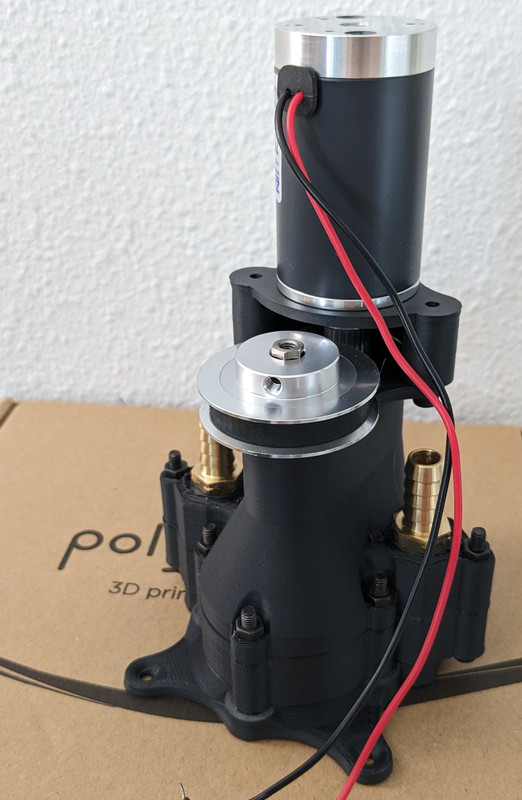3DPrinting
3DPrinting is a place where makers of all skill levels and walks of life can learn about and discuss 3D printing and development of 3D printed parts and devices.
The r/functionalprint community is now located at: [email protected] or [email protected]
There are CAD communities available at: [email protected] or [email protected]
Rules
-
No bigotry - including racism, sexism, ableism, homophobia, transphobia, or xenophobia. Code of Conduct.
-
Be respectful, especially when disagreeing. Everyone should feel welcome here.
-
No porn (NSFW prints are acceptable but must be marked NSFW)
-
No Ads / Spamming / Guerrilla Marketing
-
Do not create links to reddit
-
If you see an issue please flag it
-
No guns
-
No injury gore posts
If you need an easy way to host pictures, https://catbox.moe may be an option. Be ethical about what you post and donate if you are able or use this a lot. It is just an individual hosting content, not a company. The image embedding syntax for Lemmy is 
Moderation policy: Light, mostly invisible
view the rest of the comments


Are you printing gaskets in tpu or just laying filament and compressing that?
I usually go to a trick I picked up someplace off the Internet using silicone caulk squeezed into an appropriate diameter of fish tank airline tubing. (Or for much larger seals, flexible pc liquid cooling tubes.)
The trick is using an air compressor to blow it out of the tubing. (You can also make hollow seals by blowing the tube before the silicone is set.) then, just glue the ends with a dab of leftover caulk.